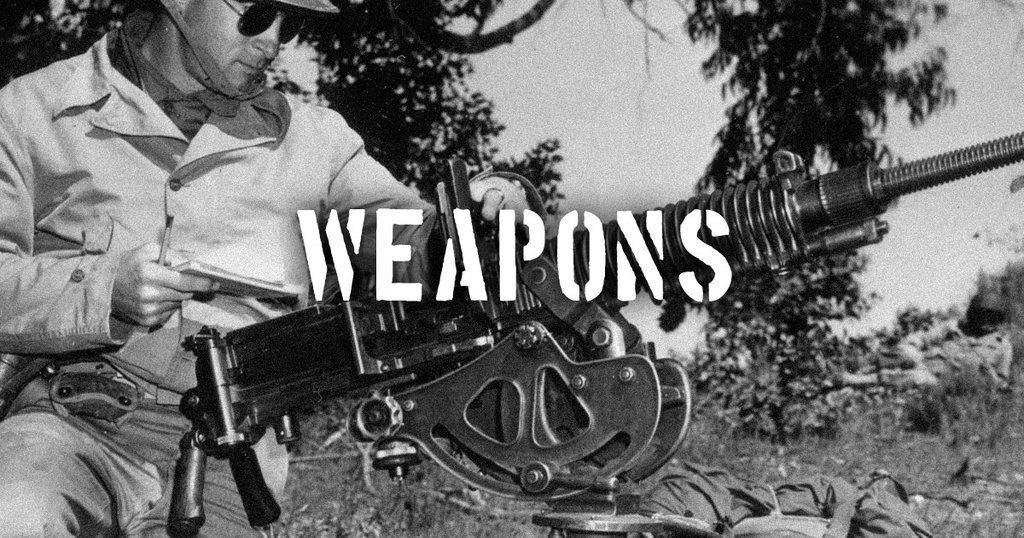
-

BRITISH ARMY 1930s TOMMY GUN, ANTI-TANK RIFLE, BREN & RIFLE TRAINING FILM 70514
-

57mm Recoilless Rifle 81560c
-

U.S. ARMY ROAD TEST PROCEDURES FOR TACTICAL TRACKED VEHICLES TANKS & PERSONNEL CARRIERS 59684
-

BUILDING A TANK WWII M-3 MEDIUM TANK PRODUCTION DETROIT TANK ARSENAL & FORT KNOX
-

THE REINFORCED TANK BATTALION IN THE ATTACK U.S. ARMY TRAINING FILM 23784
-

U.S. ARMY WWII RIFLE CLEANLINESS COMBAT TRAINING FILM M-1 GARAND 1943 79084
-

WWII COMBAT BULLETIN 39 M-24 TANK M-29 WEASEL JB-2 LOON MISSILE TESTED 1945 25584
-

Japanese Type 11 Machine Gun (Ep54)
-

Japanese Type 92 HMG
-

BREN GUN, ANTI-TANK RIFLE, THOMPSON SUBMACHINE GUN 1943 BRITISH INFANTRY TRAINING FILM 12824
-

U.S. ARMY WWII EXPLOSIVES AND DEMOLITION TRAINING FILM BANGALORE TORPEDO FILM 16004
-

WWII USA COMBAT BULLETIN 56 PROPAGANDA LEAFLETS JAPANESE ROCKET PLANE BORNEO HAMBURG 81564
